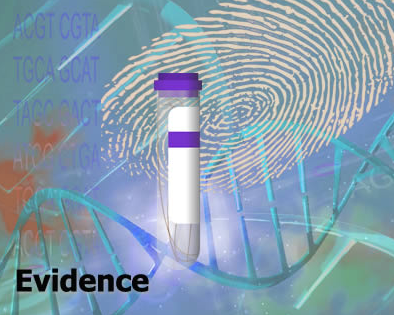Archival Notice
This is an archive page that is no longer being updated. It may contain outdated information and links may no longer function as originally intended.
Home | Glossary | Resources | Help | Contact Us | Course Map
Evidence at the Crime Scene: Introduction
Responding to a crime scene is a critical step in the scientific investigation of a case. Unless the crime scene response is handled correctly, the investigation may be severely compromised. Investigators and crime scene specialists are responsible for identifying, securing, collecting, and preserving the evidence that is submitted to the crime laboratory. The investigator's knowledge in crime scene documentation and the variety of methods for the collection and processing of all types of evidence is crucial. Additionally, many times the investigator must make timely decisions whether to obtain written consent or a search warrant, so that the evidence will be admissible and not subject to a motion to suppress.
Additional Online Courses
- What Every First Responding Officer Should Know About DNA Evidence
- Collecting DNA Evidence at Property Crime Scenes
- DNA – A Prosecutor’s Practice Notebook
- Crime Scene and DNA Basics
- Laboratory Safety Programs
- DNA Amplification
- Population Genetics and Statistics
- Non-STR DNA Markers: SNPs, Y-STRs, LCN and mtDNA
- Firearms Examiner Training
- Forensic DNA Education for Law Enforcement Decisionmakers
- What Every Investigator and Evidence Technician Should Know About DNA Evidence
- Principles of Forensic DNA for Officers of the Court
- Law 101: Legal Guide for the Forensic Expert
- Laboratory Orientation and Testing of Body Fluids and Tissues
- DNA Extraction and Quantitation
- STR Data Analysis and Interpretation
- Communication Skills, Report Writing, and Courtroom Testimony
- Español for Law Enforcement
- Amplified DNA Product Separation for Forensic Analysts


